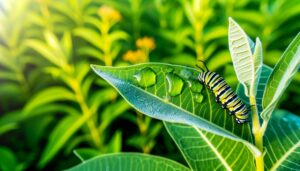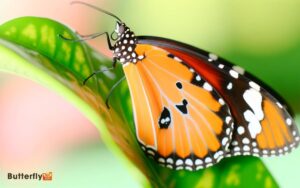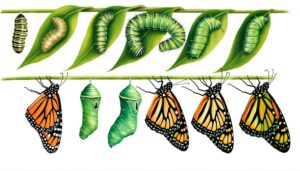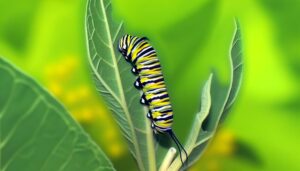Live Monarch Butterflies for Sale
Purchasing live monarch butterflies can offer numerous ecological and emotional benefits. Monarch butterflies are essential for pollination and serve as indicators of environmental health.
When buying, verify the seller is reputable, licensed, and follows ethical breeding practices. Best care requires a habitat with abundant milkweed, regular cleaning, and hydration through misting.
Shipping practices should include breathable containers, temperature control, and expedited delivery to avoid stress. These butterflies are ideal for celebratory and memorial events, adding significant meaning while supporting conservation efforts.
To fully understand the intricacies of purchasing and caring for live monarchs, further details are available.
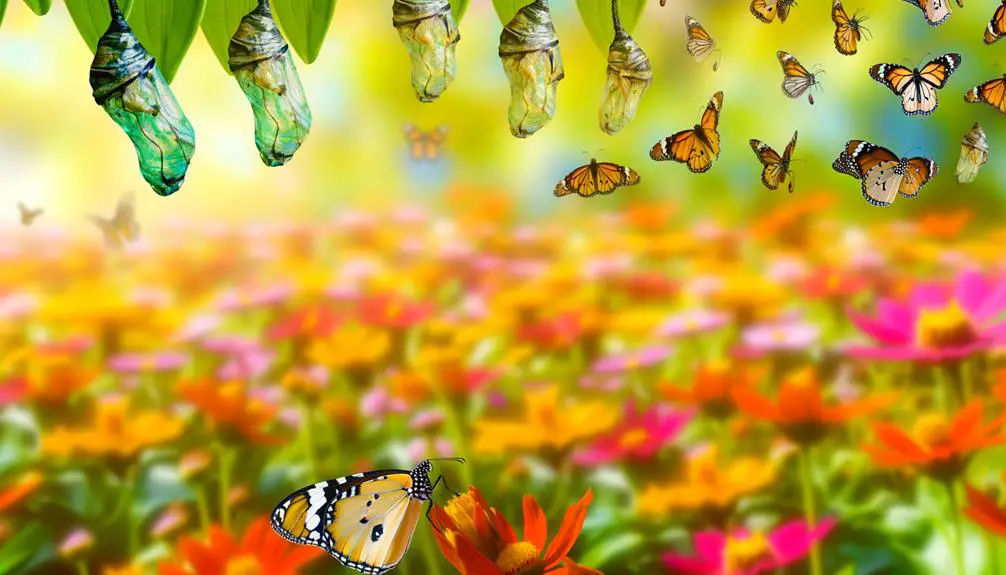
Key Takeaways
- Verify seller certifications, licenses, and ethical breeding practices to ensure butterfly quality and genetic diversity.
- Ensure the seller offers expedited shipping within 24-48 hours using breathable, temperature-controlled, and cushioned packaging.
- Assess customer reviews and references to gauge the seller's reliability and reputation in the market.
- Purchase butterflies that have been bred in spacious, well-ventilated enclosures with regular habitat cleaning.
Benefits of Monarch Butterflies
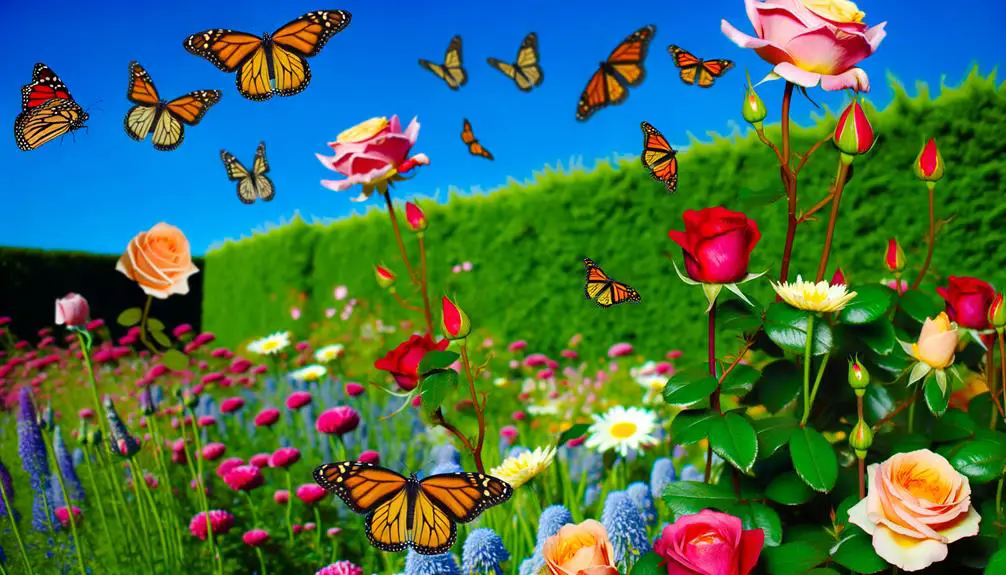
Renowned for their ecological significance and enchanting beauty, monarch butterflies offer numerous benefits to both natural ecosystems and human interests.
Ecologically, they play a pivotal role in pollination, aiding in the reproduction of various flowering plants. This activity supports biodiversity by facilitating the growth of diverse plant species. Monarchs also serve as an indicator species, reflecting the health of their environmental habitats.
From a human perspective, these butterflies contribute to agricultural productivity by pollinating crops. Additionally, they hold educational value, providing insights into metamorphosis and migration patterns. Their presence also enhances ecotourism, drawing enthusiasts and researchers alike to observe their intricate life cycles.
Consequently, monarch butterflies are indispensable to maintaining ecological balance and enriching human understanding of nature.
How to Care for Monarchs
To guarantee that monarch butterflies continue to thrive and provide their ecological and educational benefits, it is imperative to understand the specific requirements for their care.
Monarchs require a habitat with an abundance of milkweed, their sole larval food source, and nectar-rich flowers to sustain adult butterflies.
Ideal temperature ranges from 70-85°F, avoiding extremes that could harm their delicate physiology.
Enclosures should be spacious and well-ventilated to mimic natural conditions.
Regular cleaning of the habitat is essential to prevent disease.
Hydration can be maintained by misting the enclosure lightly.
Ensuring these conditions promotes not just survival, but the flourishing of monarch butterflies, thereby supporting their migratory patterns and ecological roles.
Choosing a Reputable Seller
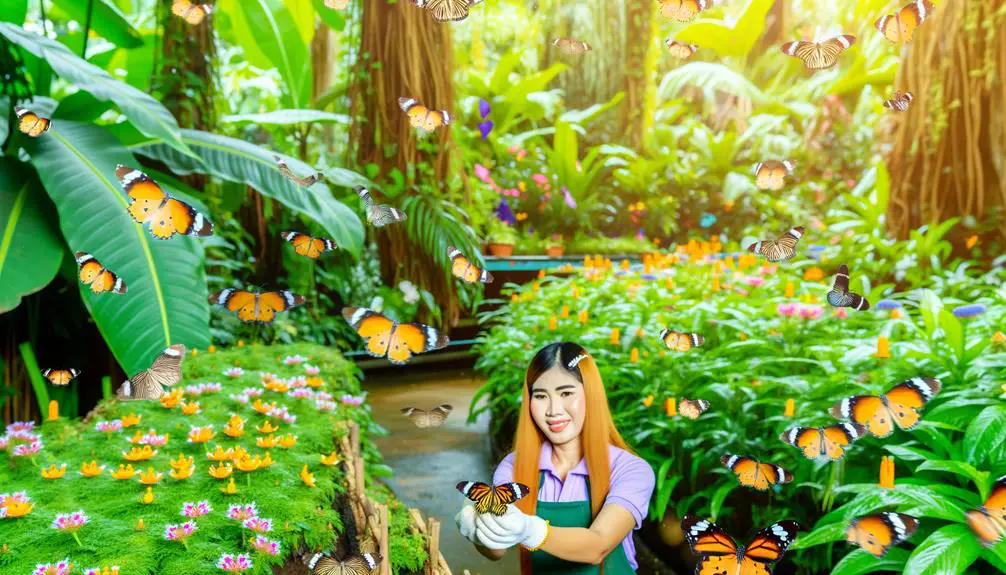
Selecting a reputable seller is essential to guarantee the health and genetic diversity of the monarch butterflies being purchased. To ascertain you are choosing a reliable source, consider the following:
- Certifications and Licenses: Verify that the seller holds the appropriate certifications and licenses for breeding and selling monarch butterflies, which indicate adherence to regional and international regulations.
- Breeding Practices: Inquire about the seller's breeding practices. Ethical breeders should prioritize genetic diversity and avoid inbreeding, safeguarding the vitality and resilience of the butterflies.
- Customer Reviews and References: Examine customer reviews and seek references from previous buyers to gauge the seller's reliability and the quality of their butterflies.
Shipping and Handling
Proper shipping and handling of live monarch butterflies are critical to guaranteeing their safe arrival and overall well-being. Monarchs are delicate creatures that require meticulous care during transit.
They should be shipped in breathable containers designed to prevent injury and stress. Temperature control is paramount; ideal conditions range between 55-75°F to maintain their metabolic health.
Packaging must include sufficient cushioning to absorb shocks and vibrations. Additionally, shipping should be expedited, ideally within 24-48 hours, to minimize time in transit.
Labels indicating 'Live Insects' alert handlers to exercise extra caution. Upon receipt, immediate release or proper storage in a controlled environment is recommended to secure the butterflies' health.
Adherence to these practices guarantees their successful and humane transportation.
Best Occasions for Release

Live monarch butterflies are ideally suited for release during significant life events, including weddings and various celebratory gatherings, as well as memorial and tribute ceremonies.
Their symbolic representation of transformation and renewal adds profound meaning to these occasions.
Such releases not only enhance the emotional impact of the events but also contribute to the conservation efforts for this species.
Weddings and Celebrations
Releasing Monarch butterflies during weddings and celebrations can serve as a symbolic gesture of transformation and new beginnings, making these events particularly well-suited for such memorable displays.
Monarch butterflies' migration and metamorphosis mirror the transformative nature of marital unions and significant life milestones. The visual spectacle of a butterfly release can enhance the emotional and aesthetic impact of these occasions.
Scientifically, this practice also supports the conservation efforts for Monarch butterflies.
Key benefits of butterfly releases at weddings and celebrations include:
- Symbolism: Represents transformation, freedom, and new beginnings.
- Environmental Awareness: Promotes conservation and ecological consciousness.
- Visual Impact: Offers a striking and photogenic addition to the event.
Incorporating a butterfly release can elevate the significance and emotional resonance of these joyous celebrations.
Memorial and Tribute Events
Commemorative events and tributes can be profoundly enriched by the release of Monarch butterflies, symbolizing the cycle of life and the enduring connection between the past and present.
The Monarch butterfly, Danaus plexippus, undergoes a metamorphosis that parallels human experiences of transformation and renewal. This ritual can provide a tangible representation of loved ones' spirits taking flight, offering solace and a sense of freedom to those in mourning.
Scientific studies indicate that participating in such symbolic acts can facilitate emotional healing by providing a physical manifestation of letting go and moving forward.
Consequently, incorporating live Monarch butterfly releases into memorial services can create a deeply meaningful and liberating experience for attendees, fostering a shared moment of reflection and hope.
Legal Considerations
When considering the sale of live monarch butterflies, it is essential to understand the various legal regulations and permits required to guarantee compliance with wildlife protection laws. Several jurisdictions impose strict guidelines to safeguard monarch populations due to their ecological significance.
Key legal considerations include:
- Permitting: Obtain necessary permits from local wildlife agencies to legally breed and sell monarch butterflies.
- Transport Regulations: Comply with federal and state transportation laws to prevent the spread of diseases and assure safe handling.
- Endangered Species Act: Monitor any changes in the species' conservation status, as monarchs could be listed as endangered, necessitating additional legal compliance.
Adhering to these regulations assures the ethical and legal sale of monarch butterflies, protecting both the species and the seller.
Supporting Butterfly Conservation

Supporting butterfly conservation involves habitat restoration efforts, which are essential for sustaining Monarch populations by providing vital resources such as milkweed and nectar plants.
Additionally, breeding programs contribute to genetic diversity and bolster population numbers, mitigating the risks posed by habitat loss and climate change.
Together, these initiatives form an all-encompassing strategy to preserve and enhance Monarch butterfly populations.
Habitat Restoration Efforts
Habitat restoration plays a pivotal role in butterfly conservation by providing essential resources such as native host plants, nectar sources, and suitable microhabitats necessary for their lifecycle.
Effective restoration efforts include:
- Planting Native Flora: Utilizing indigenous plants guarantees that butterflies have the appropriate host plants for their larvae and nectar sources for adults.
- Creating Diverse Habitats: A variety of microhabitats supports the needs of different butterfly species, promoting biodiversity and ecological resilience.
- Reducing Pesticide Use: Limiting chemical usage helps maintain a safe environment for butterflies and other beneficial insects.
These measures collectively enhance the ecological balance, supporting not only butterflies but also other wildlife.
Breeding Program Benefits
In addition to habitat restoration, breeding programs play a significant role in butterfly conservation by bolstering population numbers and enhancing genetic diversity.
These controlled environments provide ideal conditions for monarch butterflies to reproduce, thereby increasing their resilience to environmental stressors.
Genetic diversity is essential as it equips populations with a broader range of adaptive traits, enhancing their survival prospects.
Moreover, breeding programs can serve as a repository of genetic material, potentially safeguarding against catastrophic population declines.
The release of captive-bred butterflies into the wild helps stabilize diminishing populations.
This scientific approach not only supports immediate conservation goals but also contributes to long-term ecological balance, aligning with the principles of biodiversity preservation and environmental stewardship.
Conclusion
In summary, the procurement and release of live Monarch butterflies provide not only aesthetic pleasure but also contribute to ecological balance and conservation efforts.
Proper care and sourcing from reputable sellers guarantee the butterflies' survival and well-being.
Understanding the intricacies of shipping and handling, as well as adhering to legal considerations, safeguards these delicate creatures.
The fluttering of Monarch wings at special occasions symbolizes renewal and hope, underscoring the importance of supporting butterfly conservation initiatives.

